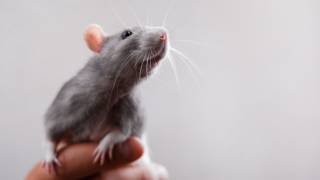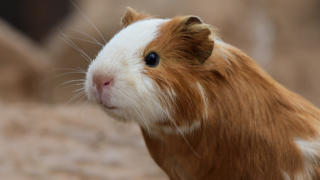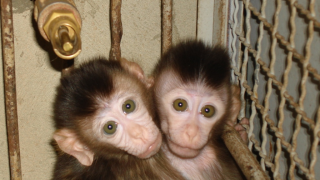Head and heart vs inertia
Many people find the issue of animal experiments difficult, and think of it instinctively as a head vs heart choice.
The argument goes this way: “It’s dreadful to think of laboratories deliberately inflicting suffering on animals as part of research. But maybe we have to do them in order to cure diseases?”
Virtually nobody positively likes causing animal suffering, so the “heart” side of the argument doesn’t always need to be stressed. Even strongly pro-experiment scientists wince when they read of primates strapped to chairs, deprived of water and forced to do experiments for hour after hour in order to get drops of liquid. The fact it’s unpleasant is not in debate. The question is whether it’s “necessary” to solve our health problems.
So this blog is mainly going to look at the “head” side of the argument. And first it should be noted that in practice, Governments across most of the world do feel that a line should be drawn somewhere. The European approach is to have a harm/benefit analysis. In order to get a licence to do an experiment which would otherwise get you prosecuted for cruelty, you need to persuade an official that the harm you will cause in suffering is outweighed by the benefits that your research will produce.
A problem with this is that the system doesn’t really work. In Britain, currently 17 inspectors are tasked with approving experiments on around 4 million animals a year and they spend around a third of their time examining applications. On average, therefore, each inspector is deciding the fate of around 800,000 animals a year. How many experiment applications are rejected? None.
The problem is not just lack of time, but lack of expertise in each individual area. If you’re an inspector and a researcher tells you that experimenting on 200 animals is the only way to test his new theory on the causes of diabetes, how – as a general inspector without a detailed knowledge of diabetes research – are you going to challenge it? So, although the researcher may be constrained by the need to get a licence, in practice a determined researcher who asserts that their experiment is vital will get their way.
The result is that all kinds of strange experiments get through the process, nominally to try to work towards curing disease. If we are asked “Is cocaine addiction so serious that it’s worth causing animal suffering to find a cure for it?” some people may say “yes”. So a researcher claiming to work in this area is likely to find it easy to get approval. But what gets researched in practice? To give a recent example from Cambridge (2009):
Researchers wanted to see whether impulsive rats would be more likely to become cocaine addicts even though it is already known that there is this link with humans. They first assessed the rats’ impulsivity in a behaviour test, then surgically inserted a tube into their veins so that cocaine would be administered the instant they pressed a lever. They found that rats rated as more impulsive than other rats were more likely to become addicted to the cocaine and press the lever to receive more.
In a follow-up study they found that the impulsive rats were more likely to ‘relapse’ towards cocaine addiction after a period of abstinence in which they received electric shocks instead of cocaine to “encourage” them not to seek it.[1]
So what this study showed is that rats may be somewhat like humans. Rats were deliberately addicted, then “punished” (in the wording of the research paper), then re-addicted, and if they were impulsive types, then they would be more likely to get hooked – something that we already know is true of humans.
This adds a little bit of knowledge about rats. It doesn’t tell us anything at all about humans. So the question needs to be a little different: “Is cocaine addiction in rats so serious that it’s worth causing suffering to find out more about the sort of rats who like cocaine?” And the rational answer to that, surely is “No” – not just because it’s cruel, but also because it’s a waste of time. Yet the experiment was approved.
The basic “head” argument is that the purpose of medical research is to help humans get healthier, and trying to achieve that by studying whether animals are like humans is a detour which is often useless and sometimes interferes with progress. Aspirin, for instance, would never have been licenced today, since although it undoubtedly benefits many humans it causes birth defects in both rats and mice.
The focus needs to be on clinical (human) research and on the expanding range of simulations and cell culture studies which do not involve living humans or animals but instead focus on the precise organs affected. Yet research using alternatives to animal experiments struggles to get funding. it amounts to just 0.4% of the UK science budget. And the hurdle to surmount if you want funding for a non-animal test from a research council or medical charity may be significantly higher
Why is that? It’s because you are trying to persuade funding bodies with veteran researchers used to decades of animal tests. You need to show not only that your research is worth funding, but that your intention to use a new testing method is viable. Even if the new non animal test has evidence to show it is valid and more accurate in simulating humans, if the wider scientific community still looks to animal tests, it makes your grant application more complicated.
And so, inertia, doing things the way they were done before, too often wins the day. And heart and head alike tell us that’s bad for everyone. Humans. Animals, Scientists. And knowledge itself.
It’s time to change.












